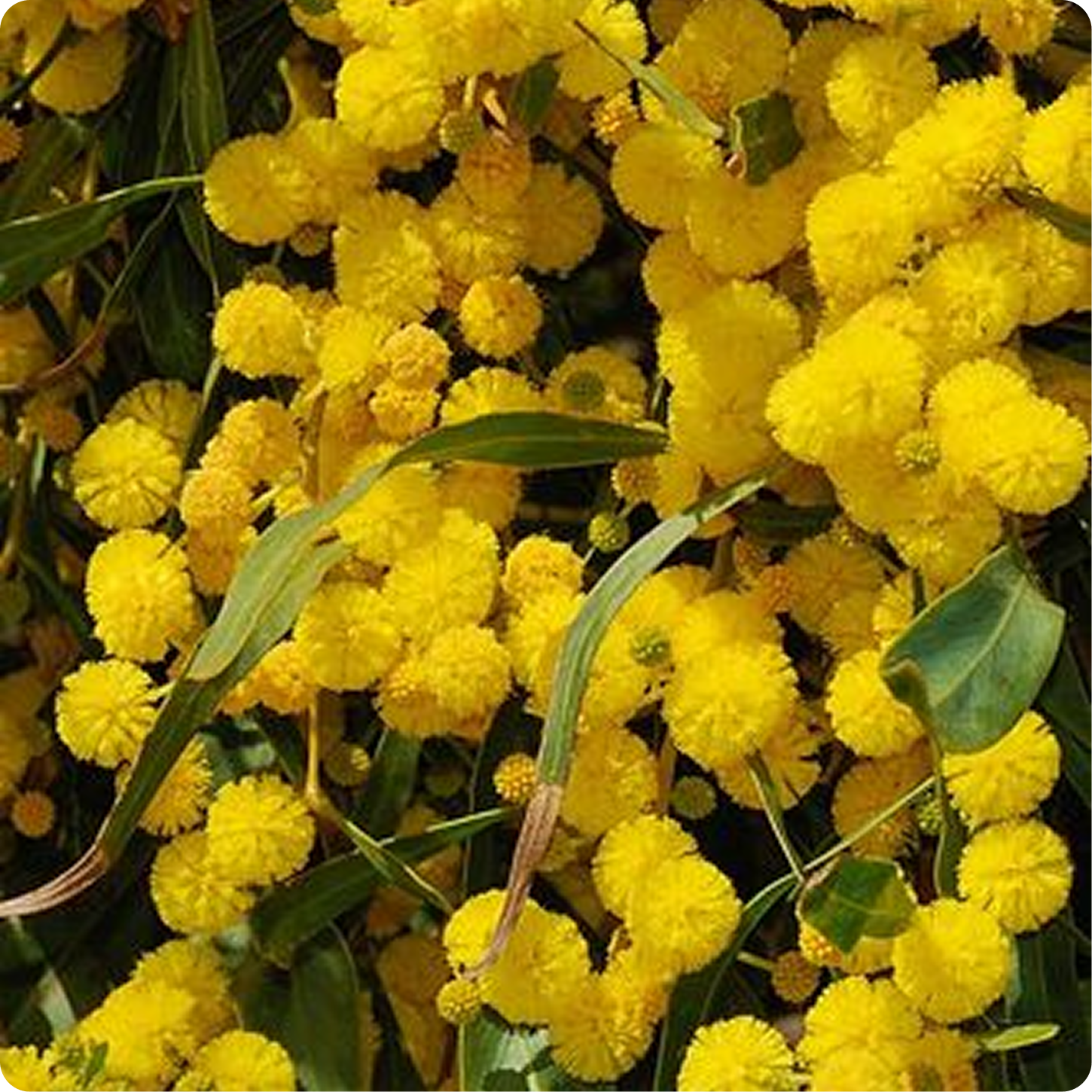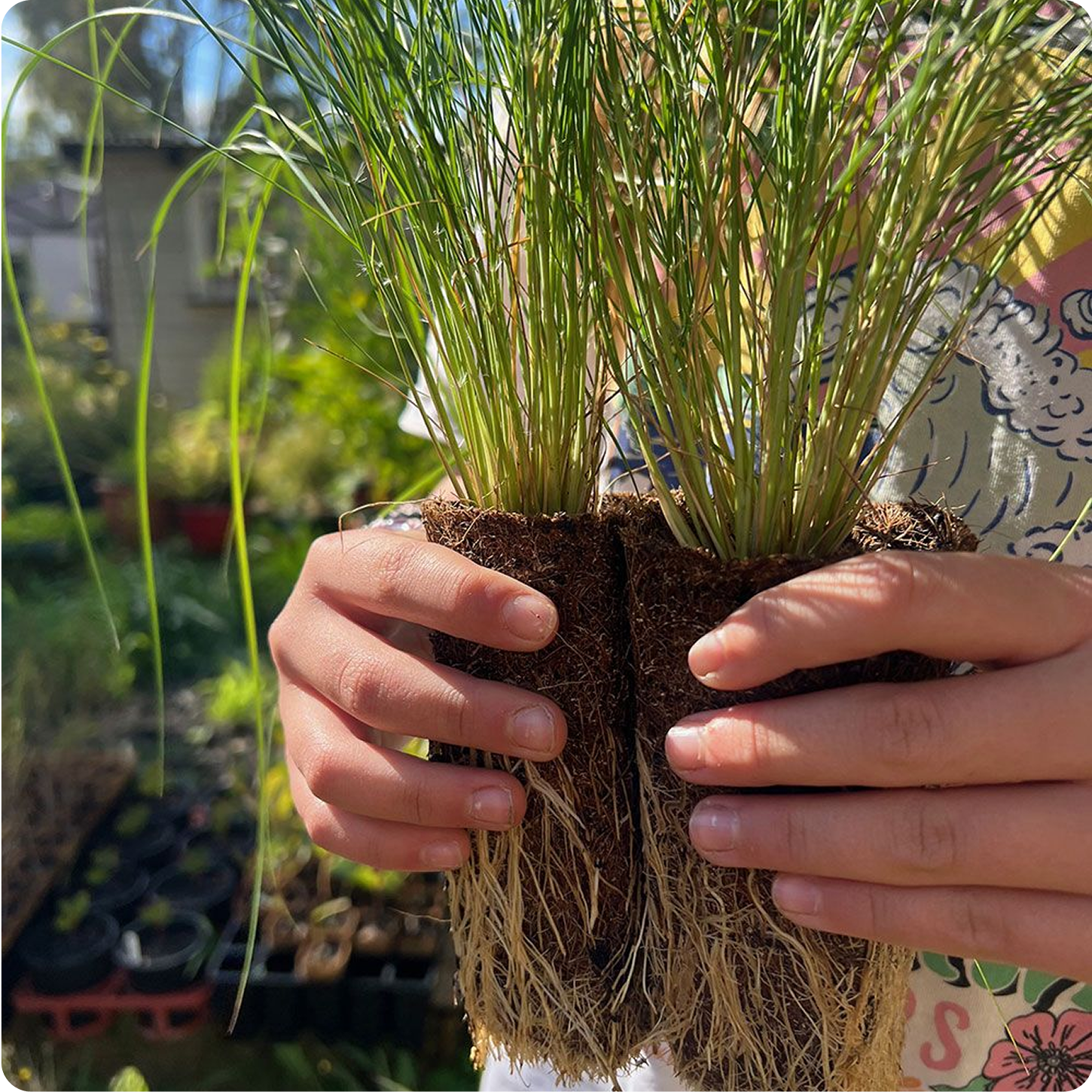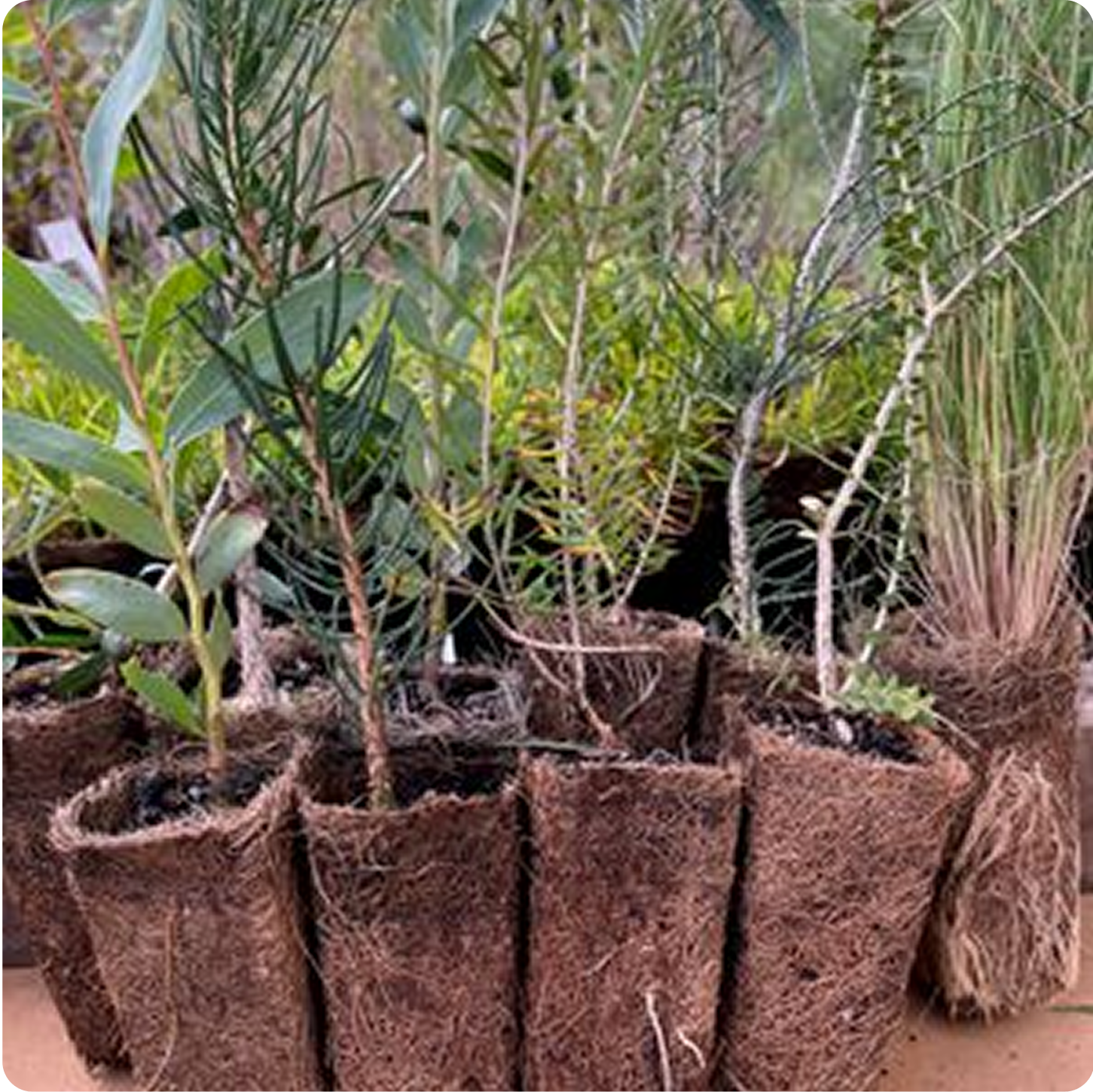Featured Collection
Sort by:
7 products
7 products
Bring bold beauty to your garden with Eucalyptus rhodantha, the stunning Rose Mallee known for it's large, deep pink to red flowers and silvery, round foliage and large seed pods. This rare and eye catching native is perfect for making a statement, attracting birds and pollinators while thriving in dry, well-drained soils.
Its compact size (growing up to 4m) and drought tolerance make it ideal for modern, low-maintenance landscapes. Add a touch of the extraordinary with Eucalyptus rhodantha - a showstopper in any garden.
Creeping Saltbush (Atriplex semibaccata), a robust plant that excels in stabilising soil and suppressing weeds. A low-growing, spreading ground cover reaching 1 metre across.
A dense low shrub with green/grey foliage and small, succulent red berries, which are diamond shaped, are food for birds. Atriplex semibaccata provides shelter and habitat for insects and lizards, grows in many soil types in full or part sun.
Discover the Glowing Wattle (Acacia celastrifolia), it has golden prolific flowers in late winter into spring, large round leaves and is found in all bush land and gardens in the Perth area.
Flourishing in sandy to gravelly soil types, its dense foliage and deep roots not only create a lush landscape but also support a sustainable environment.
The Glowing Wattle plays a crucial role beyond aesthetics. It serves as a good screening plant, enhances soil quality through nitrogen-fixation, and serves as a haven for wildlife.
Acacia meisneri, commonly known as the Blue Wattle. This eye-catching plant features vibrant yellow flowers and distinctive bluish-green foliage. Blooming in late winter to early spring, it's timed perfectly to attract pollinators and brighten your garden.
The Blue Wattle thrives in a variety of soil types, from sandy to loamy. It adapts easily, fast growing either as a small, charming tree or a dense, multi-stemmed shrub.
Acacia meisneri improves environmental health and beautifies spaces. It fixes nitrogen in the soil, its drought resistance also makes it suitable for landscaping, promoting a sustainable, water-efficient garden. Whether used as a natural screen or a decorative hedge, the Blue Wattle serves a dual purpose, enhancing both garden aesthetics and ecosystem health.
Acacia brumalis is a hardy, attractive acacia growing up to 3 metres. It produces dense foliage that offers shelter for birds and small wildlife, while providing masses of yellow flowers in winter and spring for bees and butterflies. Well-suited to many soil types, thrives in full sun and is drought tolerant once established.
A low maintenance, small bushy shrub perfect for native gardens, wind breaks and habitat.
Transform a garden corner into a vibrant display with the Melaleuca radula also known as Graceful Honey Myrtle. This small shrub (1-2m) has evergreen leaves and profuse brush flowers that span from pink or purple.
The plant attracts bees, butterflies, and birds with its nectar-rich flowers, enriching local wildlife. It’s found in all bushland around the Perth area and north to Geraldton.
Thriving in various soil types and requiring little water once settled, the Graceful Honey Myrtle flourishes in both full sun and partial shade. Its drought tolerance and adaptability to different soils make it a low-maintenance yet stunning garden addition, ensuring year-round allure.
Melaleuca diomisifolia, also known as green honey-myrtle, is a dense, evergreen shrub mainly found in our south-west.
It is notable for its vibrant lime-green bottlebrush flowers, which bloom mainly in spring and attract a variety of pollinators, including bees and birds.
This melaleuca grows up to 2 metres tall and features small, aromatic leaves arranged in a spiral pattern along it's stems.
Its hardiness and unique colouration contribute to its appeal for ornamental gardens as well as native landscaping.



















